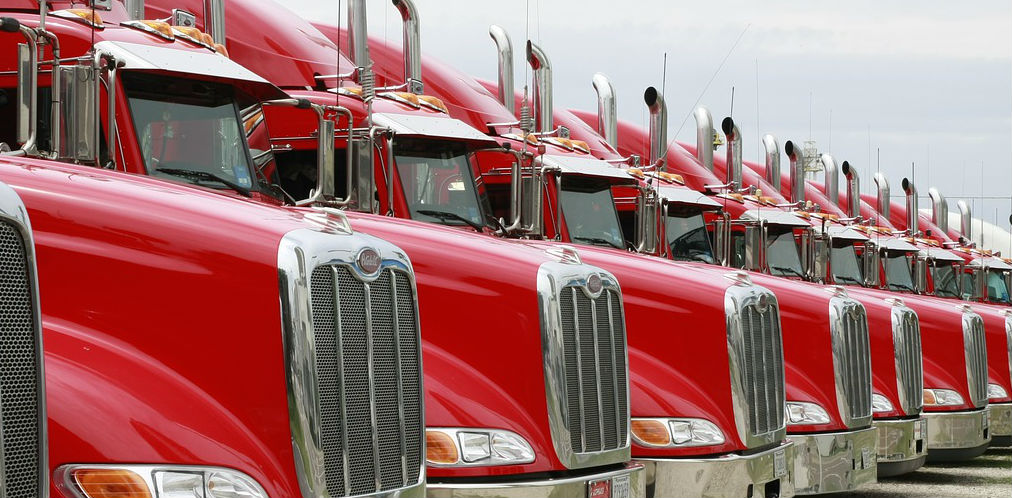
Trucking industry representatives may argue they place the safety of other drivers as a priority. However, their own actions tell a different story.
In September, 30-plus trucking organizations and lobbyists combined to attack public safety measures. The largest was the Owner-Operator Independent Drivers Association, a lobbying group that includes independent truckers as well as those who work for companies.
The OOIDA-led effort was outlined in a letter addressed to the U.S. Senate Committee on Commerce, Science and Transportation and to the House of Representatives Committee on Transportation and Infrastructure. The letter opposed four safety measure bills being considered by federal lawmakers.
Yet federal estimates that show deaths in commercial truck crashes increased 3% in 2018 over 2017. That’s more than 4,700 lives lost. This follows a 9% increase in fatalities involving large trucks from 2016 to 2017.
So what is the trucking industry opposed to?
Tractor-Trailer Underride Crashes
In March, lawmakers introduced a bill to require underride guards on the rear, side and front of all commercial trucks weighing 10,000 pounds or more. These guards help prevent passenger cars from sliding underneath commercial trailers during crashes. They are federally mandated on the rear of trailers. The bill would not only also require guards on the front and on the side – helping to limit fatal truck crashes – but also introduce tougher safety standards for them.
Another pending safety measure the trucking coalition opposes is automatic emergency braking systems. A bill introduced in July would make them mandatory on all new commercial big rigs to reduce dangerous rear-end collisions by commercial trucks. All the more important when you consider a fully-loaded 18-wheeler traveling at highway speeds takes the length of two football fields to stop, per the Federal Motor Carrier Safety Administration.
Speeding Truck Drivers
And when commercial truck drivers are speeding, the stopping distance becomes much greater and the truck becomes a bigger danger. Which explains why, in June, lawmakers introduced a bill that would require all new commercial trucks to have speed limiters, with the devices set at a maximum of 65 mph. But the trucking industry opposes this measure.
Current law requires trucking companies to carry only $750,000 in liability coverage. That amount has not changed in 35 years. Taking into account medical-cost inflation, today that amount should be nearly $4.9 million, which is the amount included in a federal minimum commercial truck insurance bill.
While the OOIDA-led group opposes it, safety groups, such as the Truck Safety Coalition, endorses the measure, arguing that the current amount is inadequate to meet trucking accident victims’ needs or to compel insurance companies to ensure that trucking companies are safe before covering them.
While these four pending bills vary in content and scope, the trucking lobby opposes them generally for one common reason: money. In the letter it wrote to Congress, the trucking group labeled the measures “extremely costly” and “excessively burdensome.”
This bottom-line measure of public safety leads to dangerous trucks and inattentive truck drivers.
When careless truckers and/or negligent trucking companies cause catastrophic accidents, they should be held accountable. If you were seriously hurt or you lost a loved one in a crash with a commercial truck, speak with an attorney who represents victims of commercial trucking accidents.
The choice of a lawyer is an important decision that should not be based solely on advertisements.
Authored by Gray Ritter Graham, posted in Blog October 24, 2019

 RSS Feed
RSS Feed